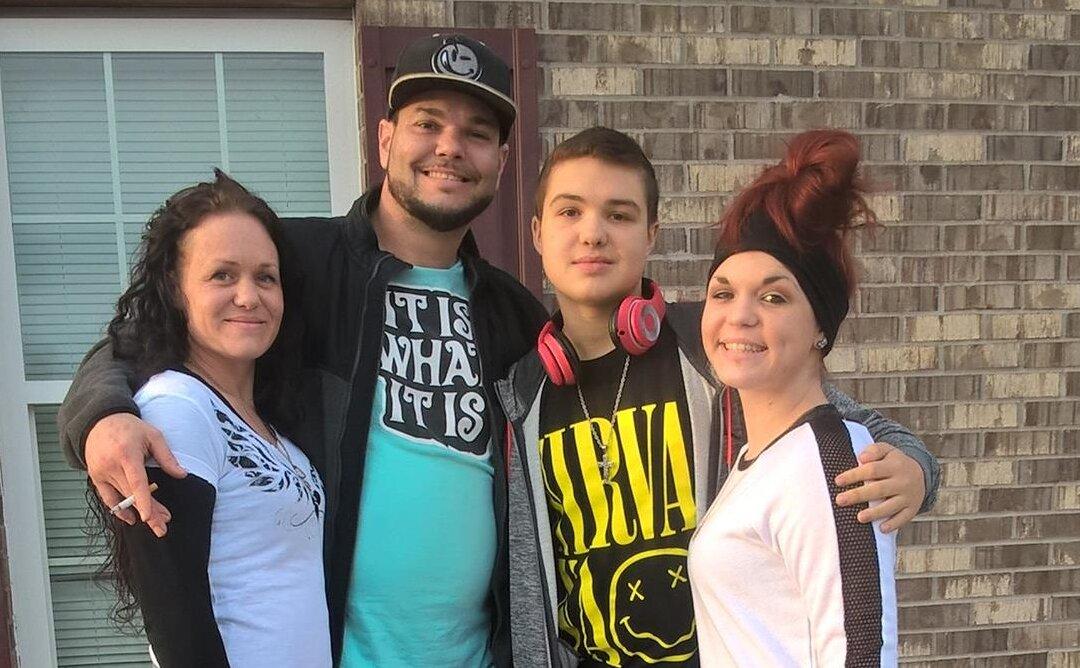Millions of Americans recovering from drug addiction amid the opioid crisis face a looming danger of losing their children as social workers are tempted by twisted incentives to separate families even over smaller lapses in parental judgement.
With 20 million Americans needing addiction treatment (pdf) and more than two million hooked on opioids, many families struggle to maintain a wholesome environment for their children. With federal funding on the line, even well-meaning workers of the Child Protective Services (CPS) are then nudged to label parents unfit and funnel hundreds of thousands of children to the shelter and foster care system, where the children often end up faring even worse, at times facing abuse.





